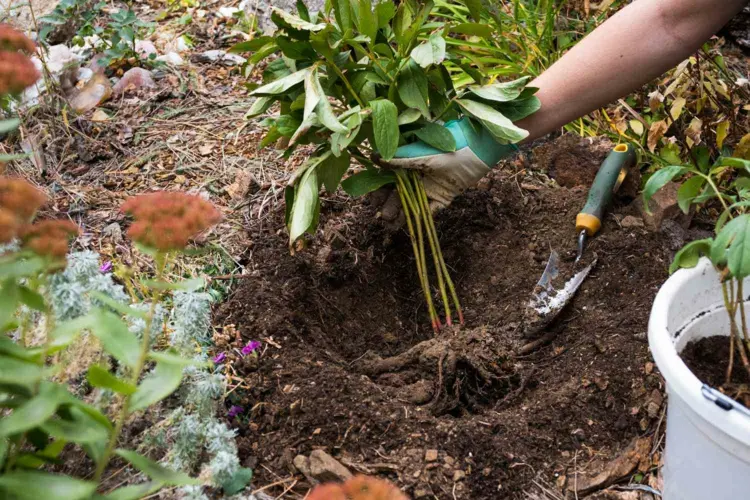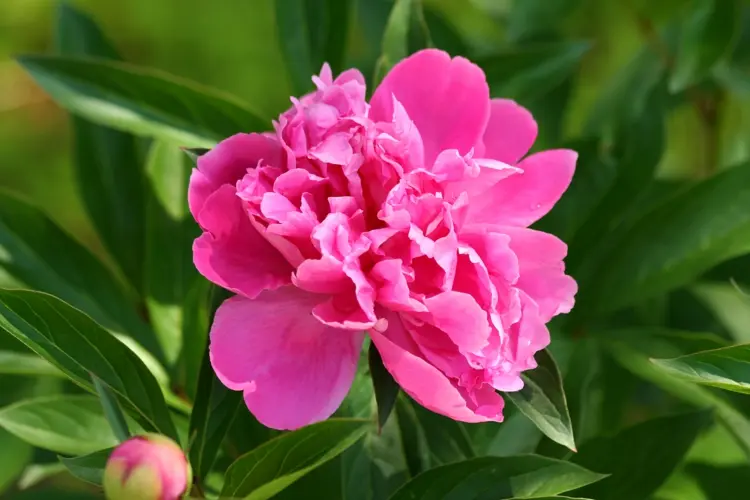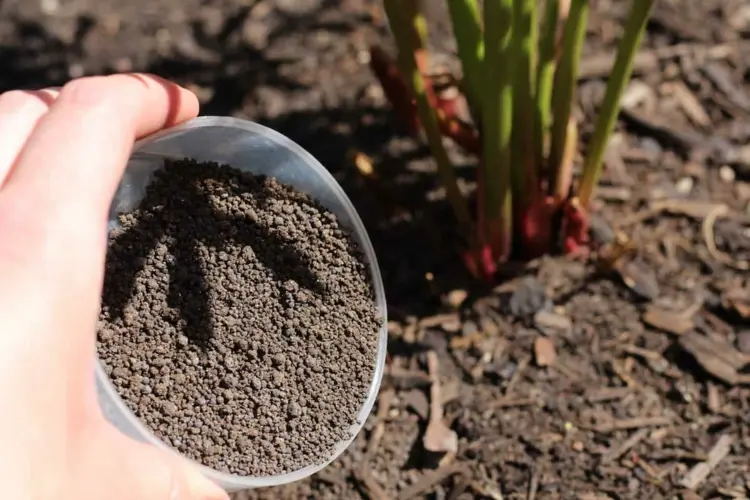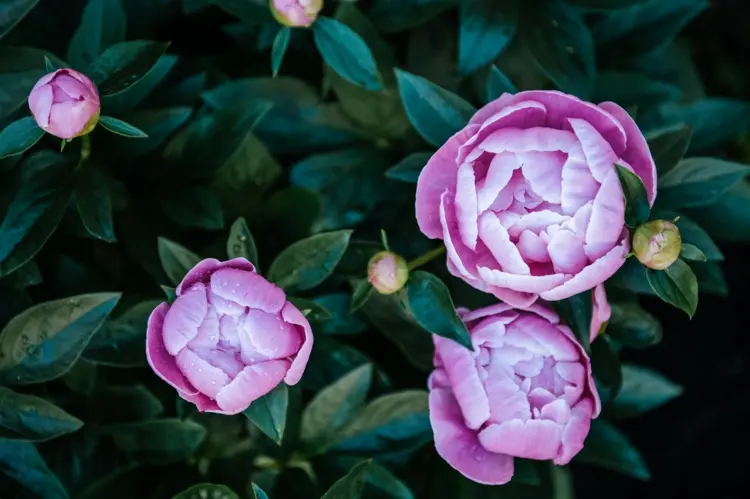Although the location and care of your peonies have been correctly selected and carried out, do they not want to grow and bloom really well? Or would you just like to have the flowers even more lush? Then you can give the plants a little pampering with our tricks and tips for beautiful peonies.
Tips for Beautiful Peonies – Have you considered the following things regarding care?
Surely you have chosen the right location for the bushes and ensured an appropriate distance between each specimen and you are probably giving the plants the right fertilizer again and again. But are there a few tips for beautiful peonies that are less well known or often neglected?
Avoid dividing the plant
Many perennials should be divided regularly. This rejuvenates the plants, which stimulates their growth and also improves flowering. However, this is not necessary with the peonies, and would even rather have the opposite effect. These plants have the inherent property of becoming more and more lush and floriferous, especially with age.

However, that doesn’t mean you can’t transplant them when you need to. If, after a few years, you find that the bush has outgrown its location, or you simply would like to have it somewhere else, you are welcome to take this step, preferably in the fall. And then the division is even recommended, so that the plant can get used to its new location. If you leave it as it is, it will not thrive and grow well. The planting depth is also very important! Perennial peonies don’t like it so deep. They would retaliate with little or no blooms. Shrub roses, on the contrary, need it deep, but will not divided.
In terms of depth, it is best to orientate yourself at the original location and choose the same.
Be careful with the root area

As you know, perennial peonies in particular are only just below the ground and could quickly be injured when working around the root area. But the shrub varieties are also sensitive there, which is why you should really be very careful and superficial when weeding, for example. It is also worth loosening the soil in the spring, but make sure that the soil is really soft and that you can penetrate the top layer without exerting any effort and without damaging the roots. A longer rainy season offers optimal conditions for gentle loosening of the soil.
Always remember: Damage to a root, even minimally, can prevent flowering for several years.
Tips for Beautiful Peonies – To Cut or Not?

With most perennials, you are free to choose whether you cut them down completely in autumn or leave them as winter decorations and only prune them in spring. However, peonies will derive greater benefit if you simply remove the wilting, aerial parts. On the one hand, this makes it easier for the plants to sprout again in the new season. On the other hand, in this way you reduce the risk of fungal disease due to moisture accumulating in the dry foliage.
As you can probably already imagine, things are a little different with shrub peonies. Cutbacks are not necessary here. Instead, you only remove parts of the plant if necessary, such as dried up or diseased shoots. Shape cuts are also completely unnecessary.
Easy trick for peonies regarding fertilizing

Use organic fertilizer, which you ideally mix yourself. You get the perfect composition from manure, compost and horn meal, which you mix in equal parts and work very carefully (!) into the soil (e.g. if you loosen the soil in spring anyway). If you’re concerned about damaging the roots, simply spread a layer around the stick on the surface of the soil.
